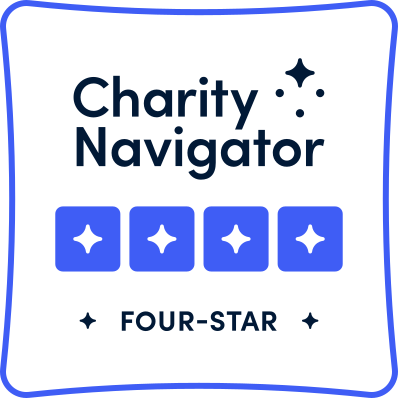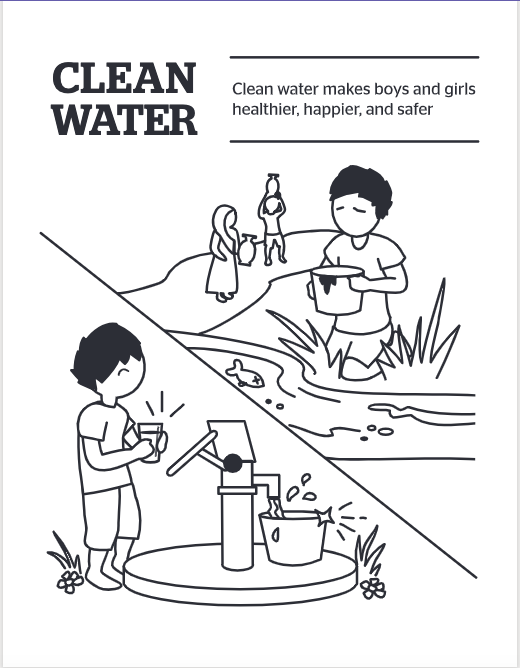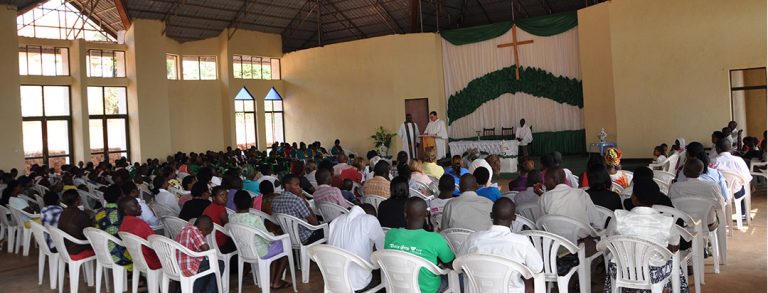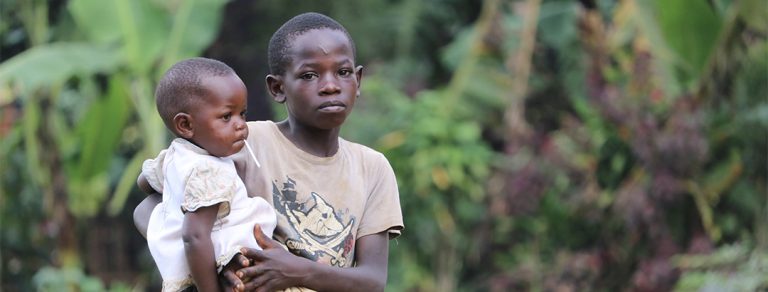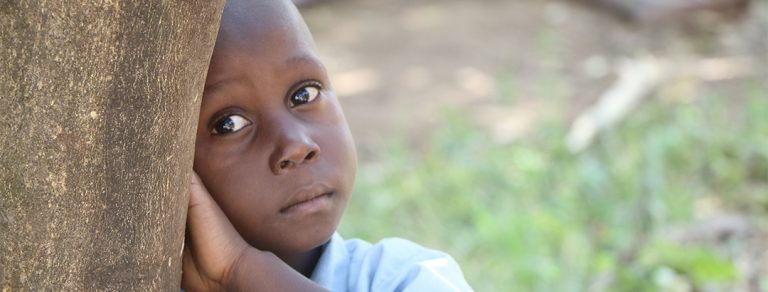I’ll admit it: I take super long showers.
Just ask my family. Every summer we rent a house together on the beach, and in the evenings, we sometimes go out. People are ironing their clothes, fixing their hair, spraying cologne … and then there’s me. Still in the shower.
But then I read something startling: The average American uses around 15 gallons of water per shower. And if that’s the average, I shudder to think how much water I use.
Sadly, many people around the world don’t have that luxury. They don’t have faucets with seemingly endless supplies of clear, clean water. Instead, they walk for miles just to get a few gallons … and the water they find is often dirty and contaminated.
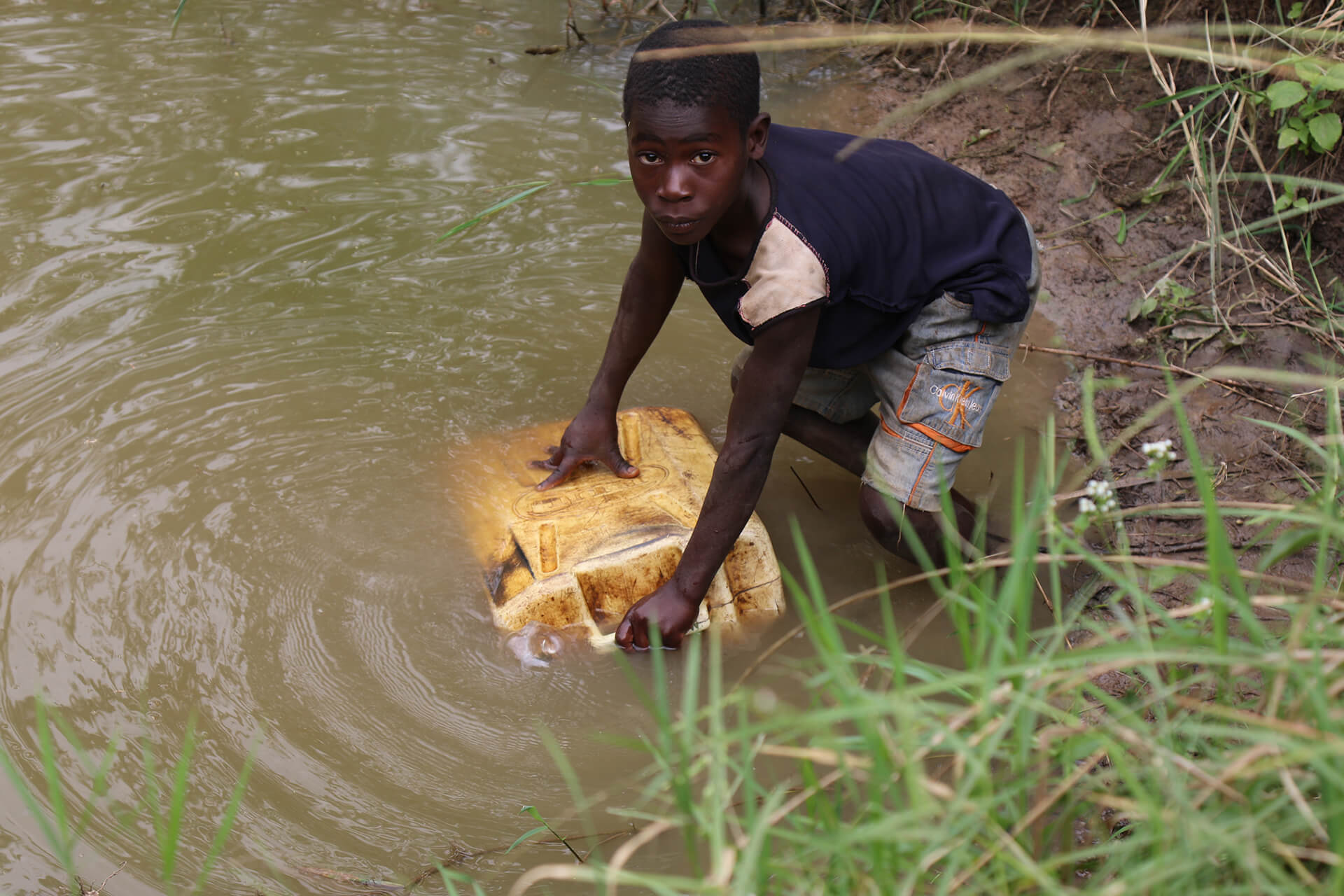
Even during these unusual times during a pandemic, families and kids are still finding creative ways to have some water fun even if public pools aren’t open. As your kids enjoy waterslides, inflatable pools, and water balloon fights this summer, take some time to show them how fortunate they are to have clean water. It’s a blessing frequently taken for granted, one that many children and families around the world don’t have.
Here are some fun, easy ways to explain the need for clean water to your child:
1. Download this free coloring sheet
Summer is the perfect time to get creative. As your child colors, explain what the pictures mean — that not every boy or girl has access to clean water. Ask younger kids which child on the sheet looks happy to have clean water and to draw a smile on that child. Ask them why the other child doesn’t look happy. It’s never too early to start teaching kids about helping others.
2. Swim in a bucket
Okay, don’t really try swimming. But when it’s time for a family outing to the community or backyard pool, gather the kids around a bucket filled with water and share how that is all some people have. They only have what they can carry in a single trip to the nearest river or pond. Many children around the world don’t have the opportunity to swim.
3. Do the Water Walk
If you have more than one child, make it a competition! Fill buckets with water and hand each child two buckets. Challenge them to make as many laps around the house as they can while carrying their buckets. It’s not about being fast. It’s about who can walk the longest. When the last sibling gives up, pull them aside while they rest and explain how children in many countries have to carry their water even further — over rocks and even through jungles!
4. Make a list
Ask your child to make a list on the back of the downloadable coloring sheet above of all the things he or she uses water for. From washing hands to cooking to watering plants, there are many possibilities. When finished, your child will see just how important clean water is to his or her daily life.
5. Collect rainwater
Have your child set out a bucket or bowl to collect water during an evening storm. Bring it inside the next morning and ask your child what they would do if that’s all the water he or she had for the entire day. How would it be used? A little for brushing teeth? Some for cooking? How about taking a bath? Will there be enough water for that?
6. Make a donation
Learning about the need for clean water is one thing … but meeting the need is another. For just $15, you and your child can provide someone with clean water for an entire year. Maybe your kids can start a lemonade stand, host a bake sale in your backyard, or do extra chores to earn the money. Donating from their own piggy banks will make them feel especially connected to the people they are helping on the other side of the world.
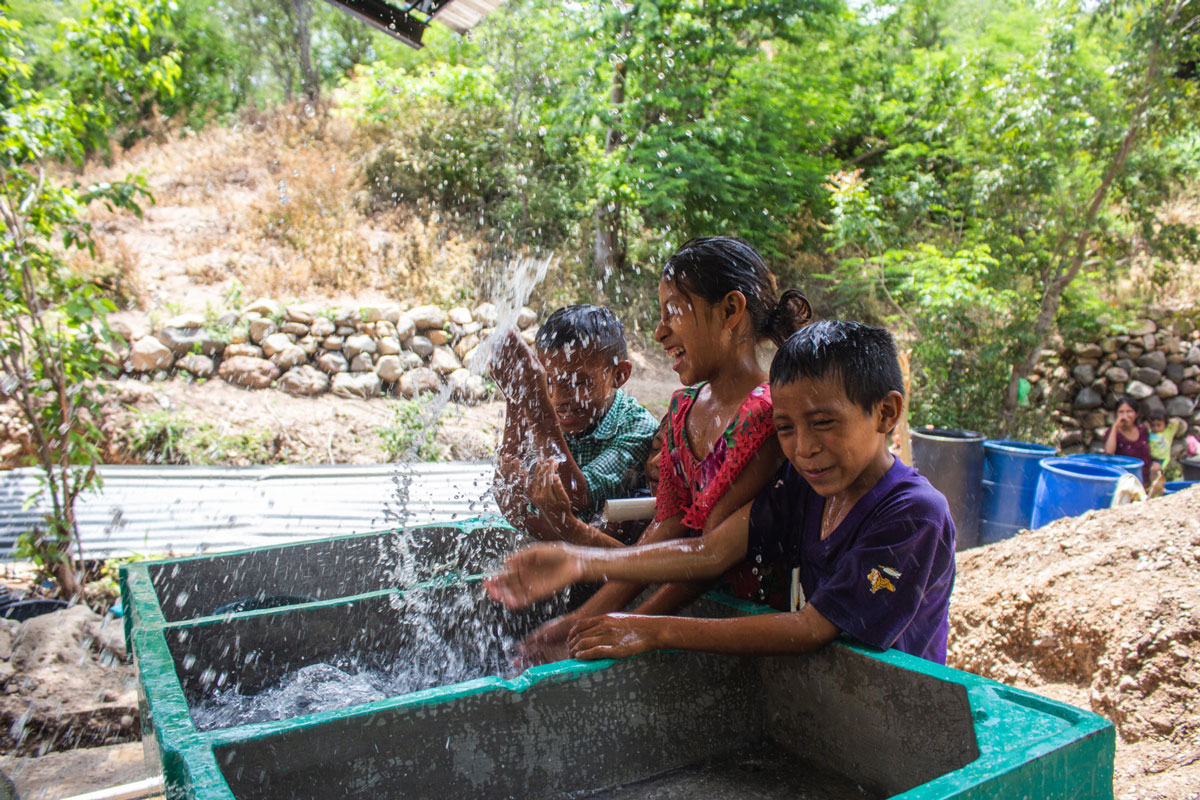
Water is such a big part of summer activities. So, why not take advantage of this time to share about the global water crisis with your kids?
All around the world, moms are spending hours each day carrying jugs of water to their villages. Children are drinking contaminated water, only to suffer later from waterborne diseases. These can be difficult things to explain to a child. But something simple and kid-friendly like the coloring sheet and easy activities above is a great place to start.
Learning about the needs of other people around the world will also help your kids appreciate what they have. They’ll see clean water as a blessing … and want to help those who are struggling. And that’s not a bad way to spend the summer!
Recent stories on our blog
This Church Not Only Survived the Rwandan Genocide — It’s Thriving!
A mango tree stood tall next to a destroyed building — the . . .
Remembering the Rwandan Genocide 30 Years Later
Today marks 30 years since the Rwandan genocide began — . . .
How the Rwandan Genocide Still Affects People Today
“Never again.” These were the words many declared after . . .
